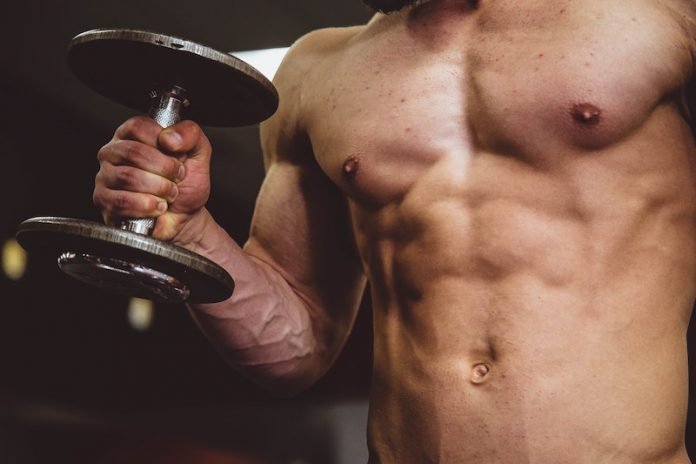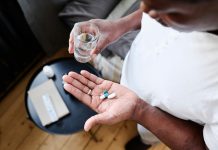
Successful athletes such as Andy Murray and Jessica Ennis-Hill are known for using ice baths after exercise, however new research has thrown cold water on this strategy.
In a new study, researchers found that ice baths aren’t helpful for repairing and building muscle over time, because they decrease the generation of protein in muscles.
The research was conducted by a team at Maastricht University.
Ice baths, also known as cold-water immersion, are still touted as a popular strategy for both acute recovery, on a timescale of hours and days, as well as adaptation to training over weeks and months.
The idea behind ice baths is that by reducing body temperature, this, in turn, reduces blood flow, swelling, and inflammation in tissues of the muscles. It’s the same concept as the one behind icing a sprained ankle.
While research has, in fact, confirmed that ice baths can be helpful for reducing muscle soreness, its effects on the formation of new proteins in the body, important for repairing and building muscle, are more controversial.
In the study, the researchers studied the impact of ice baths on the generation of new protein in muscles, which usually increases after we exercise, and also after we eat protein.
They measured this using so-called stable isotope tracers and muscle biopsies, in a group of participants that did resistance exercise of both legs for two weeks(in total seven exercise sessions).
After every exercise session, the participants immersed one leg in cold water (8°C)and found a decrease in the amount of protein generation in that leg.
The team says the research doesn’t discount cold-water immersion altogether but does suggest that if the athlete aims to repair and/or build their muscle, perhaps they should reconsider using ice baths.
One author of the study is Cas Fuchs.
The study is published in the Journal of Physiology.
Copyright © 2019 Knowridge Science Report. All rights reserved.



